Becoming a freelance full-stack developer offers an exciting opportunity to leverage your skills in both front-end and back-end development while enjoying the freedom and flexibility of working independently.
According to a US Bureau of Labor Statistics projection, full-stack developer jobs will top 853,000 by 2024.
In this guide, we’ll walk you through the essential steps to establish yourself as a successful freelance full-stack developer, from honing your technical skills to building a strong portfolio and navigating the freelance marketplace.
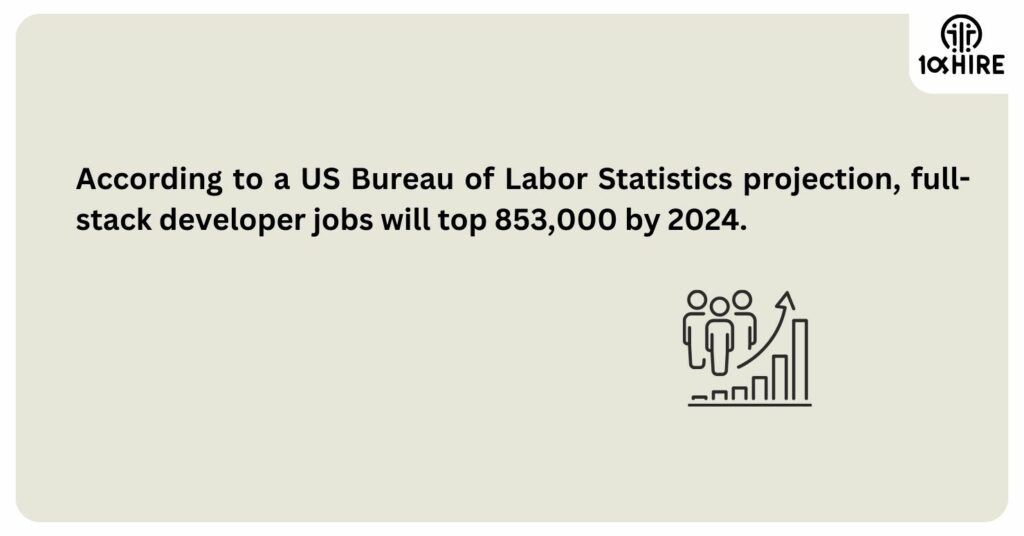
Who can become a freelance full-stack developer?
If you have a passion for solving technical problems and a knack for creativity, you can become a freelance full-stack developer.
The first thing you should know is that a full-stack developer is a web developer who works both front-end and back-end. This role is suitable for you if you like the creative aspects of front-end development and the analytical challenges of back-end development. It includes tasks like designing user interfaces, enhancing user experiences, and managing database and server configurations amongst others.
The responsibilities include:
- Database: You should be able to set up and manage storage solutions for website data right from initial schemas to live customer information.
- Infrastructure: Create the foundational connection between the database and the site’s feature set.
- Construct Website: Be able to build the base of the website using command line code.
- Servers: Configure online hosting to ensure the website is more accessible.
- Problem-solving: Address issues such as optimized site architecture, debugging code errors, etc.
- Design: Create visual elements for the website right from layout and aesthetics to small details such as button colors and fonts.
- Mobile App Development: Ensure the website is optimized for tablets and smartphones.
5 Ways To Prepare To Become a Freelance Full-Stack Developer
1) Research about the skills needed
Is creating websites for a living something you actually enjoy? Like any other profession, being passionate about what you do helps to increase your chances of success and heightens job satisfaction.
To become a “Full stack developer freelance”, you must have a passion for computer science and programming languages as you will be creating websites by writing codes. Below are a few guidelines to help you decide if this career path is suited for you:
- Consider your skills: A full-stack developer needs to have patience, resourcefulness, adaptation, logical thinking, and originality.
- Connect with a career counselor: A professional consultant can assist you in taking strategic steps to achieve your career goals and objectives. Additionally, they can also help you find the right options that are better suited for your skills.
- Contact Industry Professional: To get in-depth information about the field, what’s a better way than asking the people who are Seniors in this niche? By connecting with senior developers, you can avoid the typical mistakes that new developers make and get actionable tips succeed.
2) Select a Specialization
There are 3 different niches that you can specialize in:
A) Front-End Developer
A front-end web developer is responsible for the website’s visual elements, which users directly interact with, ensuring that all visual elements are user-friendly, practical and aesthetically beautiful.
They mostly focus on design elements such as button placement, layouts, navigation, and animation. Additionally, a front-end developer has the ability to turn a specific web design created by a UX/UI designer into reality.
Furthermore, front-end developers need to be adept in HTML, CSS, and JavaScript. They should also understand the frameworks and libraries such as React.js and jQuery.
B) Back-end developer
Back-end developers working on the website’s server side that the user does not see yet are critical to its functionality and speed.
Their responsibilities include database management, code writing, and implementing frameworks. Additionally, they collaborate with front-end developers to ensure that the website’s visual aspects perform efficiently.
For back-end developers, the core skills include PHP, C++, Java, Ruby, Python, and Node.js along with frameworks like Express, Laravel and Spring.
Back-end developers work with server-side programming languages such as PHP, C++, Java, Ruby, Python, and Node.js. They are also expected to understand back-end frameworks like Express, Laravel, and Spring.
C) Full Stack Developer
A full-stack developer is someone who is skilled with both the front and the back end of a website or a web application. Full-stack developers are capable of building a website on their own and resolve any issues that may arise.
Normally, a full-stack developer begins by specializing in either the front-end or back-end aspects of web development. You can eventually learn the remaining abilities required to master both the front-end and back-end of web development.
To become a front-end web developer, you must first learn visual design and have an in-depth understanding of user behavior. In contrast, a competent back-end developer possesses reasoning and critical thinking abilities. Make certain that the specialization you choose matches your interests and capabilities.
3) Proficiency in Programming Languages
For a full-stack developer, the most common programming languages are listed below:
A) HTML
HyperTextMarkup Language forms the foundation of web development as it helps you build the structure of the webpage content. For example, HTML allows you to specify the sections of a page such as the title, headers, and body text.
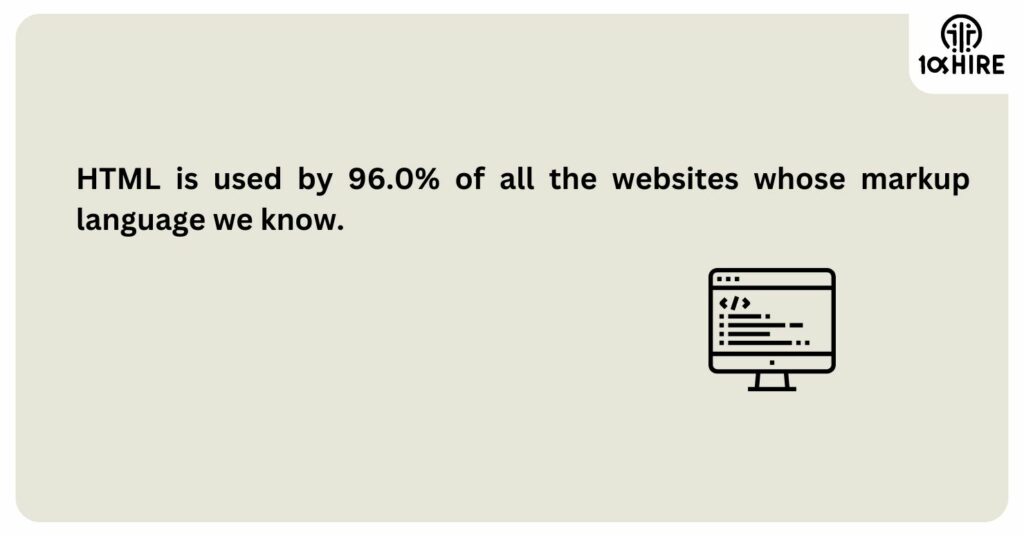
B) CSS
Cascading Style Sheets help you outline how the HTML document will be displayed to the end user. Additionally, with CSS you can also change the color, background, and other similar visual aspects of the web page.
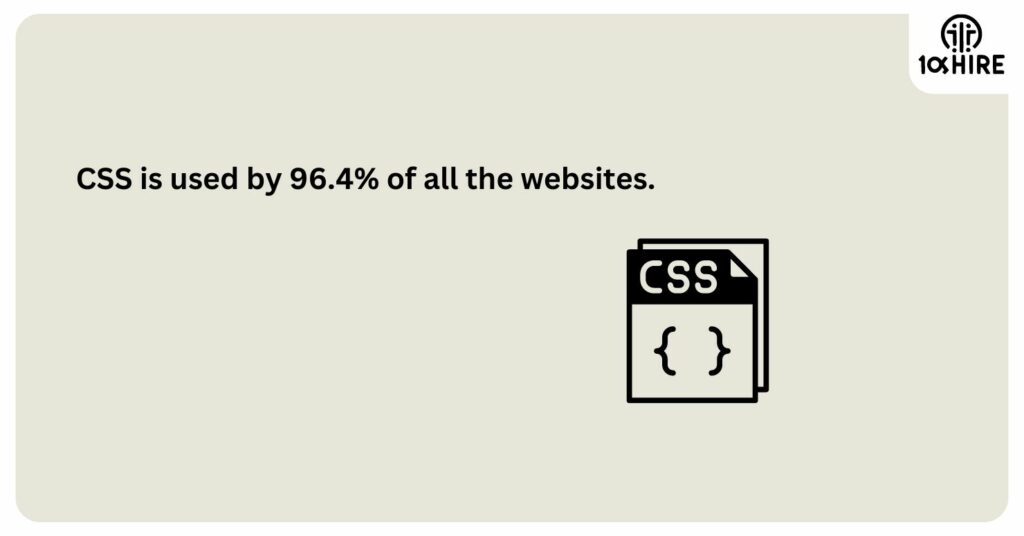
C) JavaScript
This programming language enables communication between the website and the users. For example, developers can create interactive carousels and graphics with the help of JavaScript.
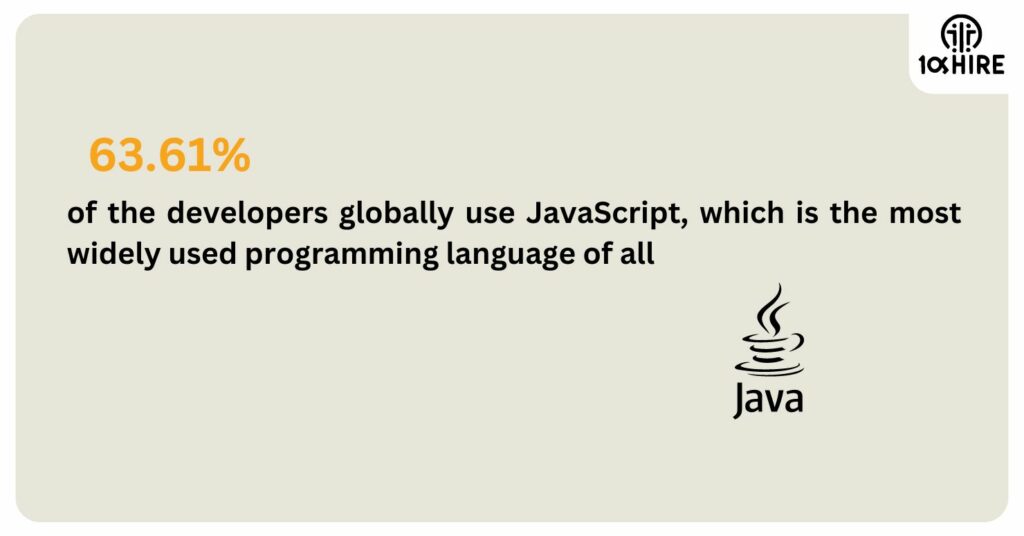
D) PHP
PHP is another important skill to become a freelance full-stack developer as it is a programming language on the server side to create interactive websites and apps. For example, with PHP you can send and receive cookies, customize web content and collect form input.
E) Java
As a server-side programming language, Java too is used for websites and applets which are little apps that run within the web pages.
F) Python
Python, regarded as the most accessible programming language is used for a variety of purposes and is a significant skill for a full-stack developer freelancer.
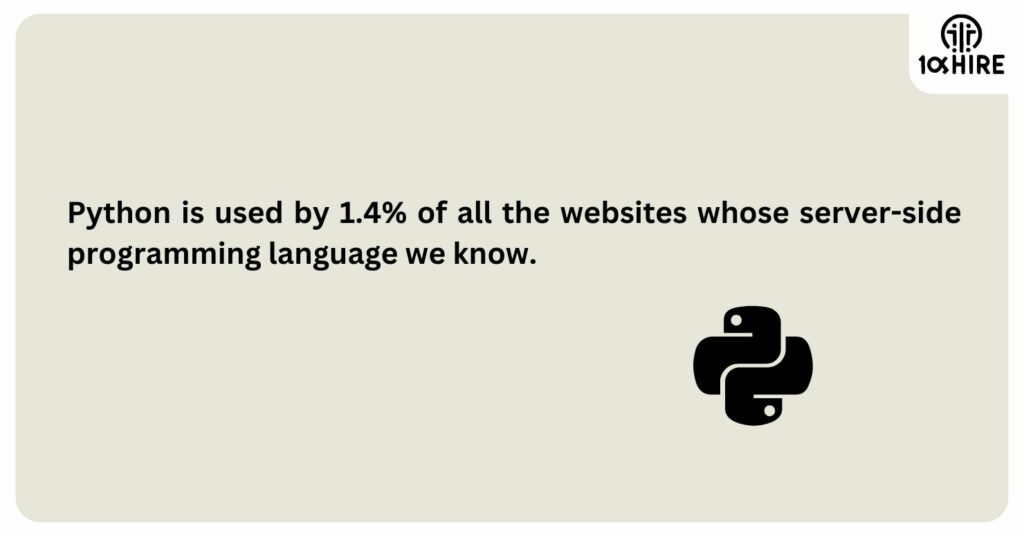
4) Attend Boot camps
To become a freelancer, apart from skills, you need to have good certification to back your skills. For this, you can start upskilling through coding boot camps to earn your full-stack developer certification.
If you are looking for free courses for full-stack developers, you can check our list below:
- 10 hours Web Development Full Course – Learn Web Development from Scratch by Edureka
- JavaScript Programming – Full Course by Free Code Camp
- PHP For Absolute Beginners – 6.5 Hour Course by Traversy Media
- Web Design for Everybody: Basics of Web Development & Coding Specialization by the University of Michigan
- Python Tutorial – Python for Beginners [Full Course] by Programming with Mosh
Additionally, you can also join programmer forums such as Stack Overflow – a great free resource. If you’re looking to advance your career, consider taking premium courses and joining boot camps as often as you can.
5) Get Experience
Once you have studied and practiced your skills, it’s time to implement them in the real world. The easiest way is to take up volunteer positions. Additionally, you can also try constructing a simple company website for any local store or local events.
You might feel disappointed to not get paid initially, but the aim here is to gain experience and build a portfolio you can showcase. Once you’re comfortable, you can get into freelance full-stack developer gigs to help you scale your skills.
Additionally, you can promote your services on freelancing platforms such as Fiverr, PeoplePerHour, and Upwork to take up small web development contracts. You also have the option to contribute to open-source projects wherein you can collaborate with other web developers. Such gigs are perfect to hone your skills and build connections with industry professionals. GitHub is one such source to get started.
Furthermore, you can also build a website of your own where you share your skills, accomplishments, and case studies of the work you’ve done. This helps to demonstrate your credibility as a skilled full-stack developer freelancer.
Freelance Full-Stack Developer Earnings in India
Below is a table showcasing the average salary and earnings of full-stack developers in India:
Job Title | Earning |
Developer | ₹4,18,221 per year |
Full Stack Developer | ₹7,99,083 per year |
PHP Developer | ₹3,49,708 per year |
Front End Developer | ₹6,29,999 per year |
Web Designer | ₹2,68,190 per year |
Web Developer | ₹2,94,812 per year |
WordPress Developer | ₹3,36,720 per year |
Application Developer | ₹7,74,328 per year |
.NET Developer | ₹4,47,582 per year |
Source: Indeed
Full stack developer freelance hourly rate in India and Abroad
In India, a full-stack developer freelance hourly rate can start from approximately Rs. 4 lakhs per annum with less than a year of experience.
On average, freelance full-stack developers can earn around Rs. 5.3 lakhs annually, and with a few years of experience and a strong portfolio, this can increase significantly to around Rs. 24 lakhs per annum.
Additionally, as a freelancer, full-stack developers have the advantage of working with international clients, who typically offer higher compensation. Earnings from these clients can reach several lakhs per month, substantially boosting overall income.
Below are the rates for international gigs:
Specialization | Rate |
MEAN Stack Developer | $75 to $100 per hour |
MERN Stack Developer | $75 to $100 per hour |
LAMP Stack Developer | $60 to $90 per hour |
Python Full-stack Developer | $90 per hour |
Ruby Full-stack Developer | $80 to $100 per hour |
Source: Lancebase
Freelance Full-Stack Developer Toolkit
A) No-Coding Tools
As a freelancer, no coding tools are essential. They facilitate client communication and help you secure freelance projects.
1) RSS Reader
An RSS reader is essential because it allows you to subscribe to freelance job listings, notifying you of new opportunities instantly. This ensures you can submit your proposals early, increasing your chances of securing the job.
2) Page Monitor
Page Monitor is a browser extension that tracks changes on web pages in the background. Like an RSS reader, it helps you stay updated on job listings, especially on sites that don’t offer an RSS feed.
Recommended: Front-end Developer Interview Questions With Answers
B) Coding Tools
1) Visual Studio Code
Visual Studio Code is a cross-platform code editor, optimized for building and debugging modern web applications, and offers speed and power. It supports themes, snippets, and numerous extensions, allowing extensive customization. This flexibility and efficiency make it invaluable for handling diverse development tasks.

2) GitHub
GitHub is an open-source repository hosting service that tracks source code changes using git. It simplifies collaboration, allows you to review previous code versions, and offers social networking features for feedback and ideas. As one of the largest coding communities, it also provides wide exposure for your projects.
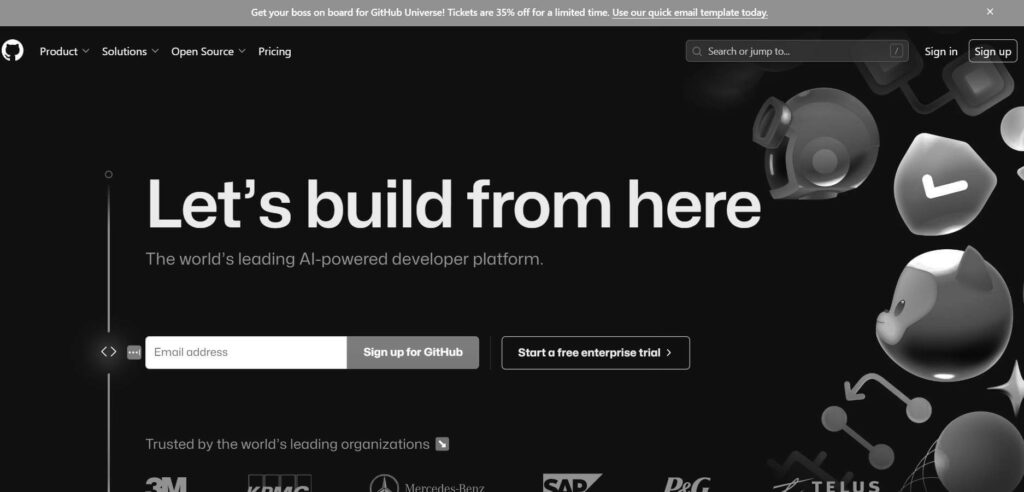
3) Kdiff3
KDiff3 is an open-source tool for comparing and merging text files or directories. It highlights differences between lines and characters and offers an automatic merge facility. Ideal for developers using multiple editors, KDiff3 supports Windows, Mac OS, and Linux, making it a versatile choice for managing source code changes.

C) Front End Tools
1) React.js
React.js allows the creation of dynamic, single-page web applications that update without reloading. Maintained by Facebook and a large community, it simplifies building complex user interfaces with minimal HTML and JavaScript knowledge.
Additionally, React Developer Tools enhance development by enabling easy inspection of component hierarchies, props, and states.
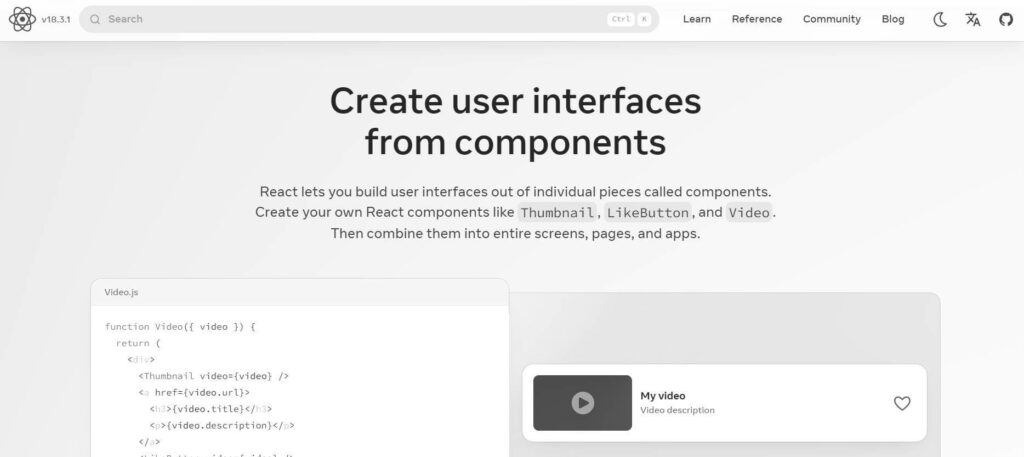
2) Gatsby
As a static site generator built on React, Gatsby utilizes modern web technologies like React.js, Webpack, React-router, and GraphQL to create high-performance websites. With features like fast page loads, code splitting, server-side rendering, and asset optimization, Gatsby simplifies building optimized sites.
Launched in 2017, it offers numerous starters for quick setup, making it an essential tool for developers.

3) Bootstrap
Bootstrap offers pre-designed HTML, CSS, and JavaScript components. It enables rapid creation of mobile-first, responsive websites without starting from scratch. Compatible with all modern browsers, Bootstrap provides code snippets for various components, saving time and reducing redundant coding.
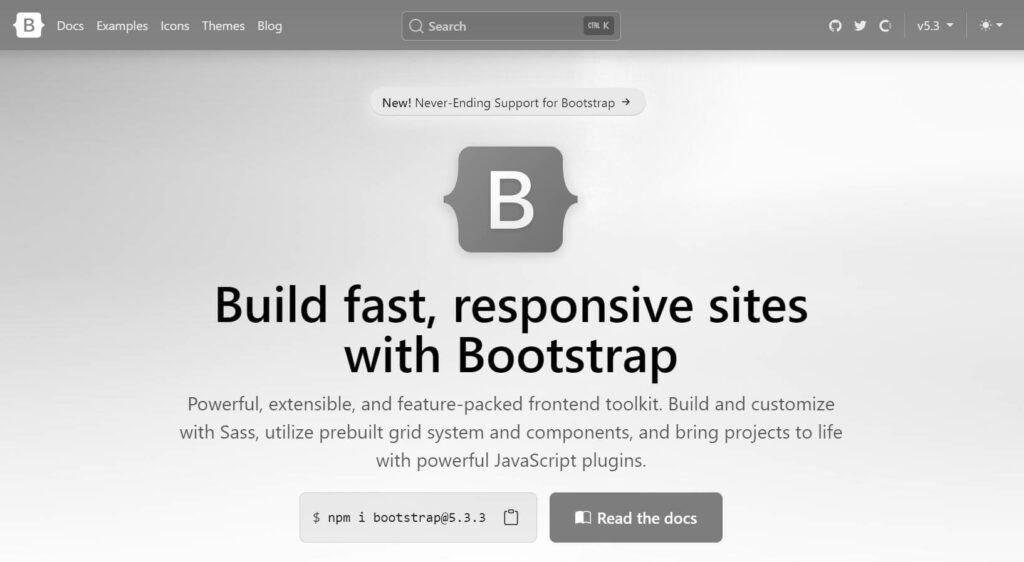
4) D3.js
D3.js is a leading JavaScript library for creating dynamic, interactive data visualizations in web browsers. Essential for modern web development, D3.js offers flexible helper functions for element selection, data scaling, and animation.
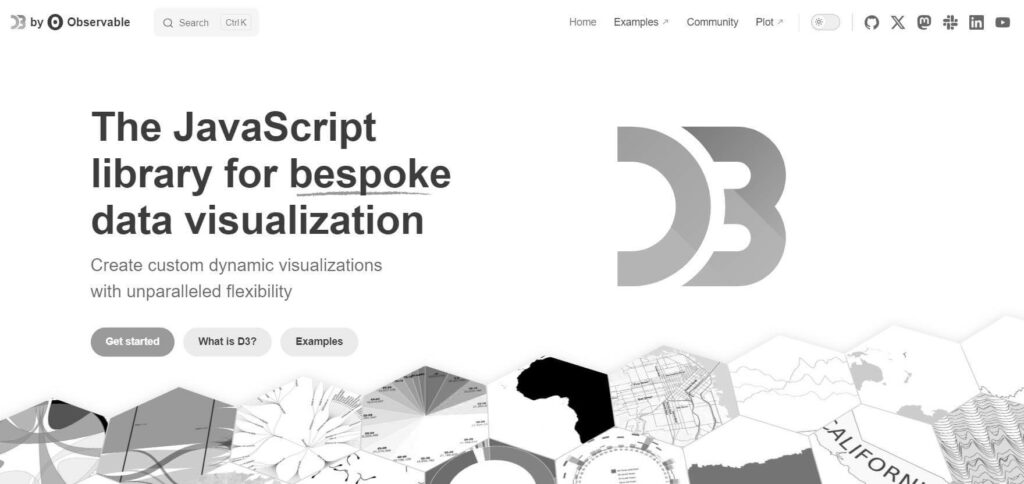
D) Back-End Tools
1) Node.js
Node.js is a JavaScript runtime that executes code outside the browser, enabling server-side JavaScript applications. Its unique I/O model is ideal for scalable, real-time applications like video streaming and file uploads. Node.js also has excellent tooling for debugging, monitoring, and managing applications, such as Nodemon, Loggly, Migrat, and PM2.
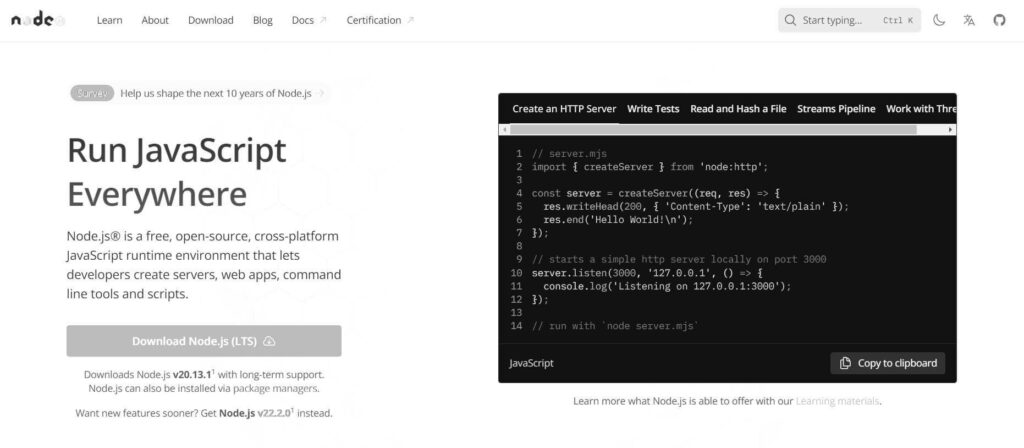
2) Express.js
Express.js is a web application framework for Node.js, designed for building web applications and APIs. It provides essential tools for creating HTTP servers, enhancing Node.js’s minimalistic capabilities. While there are alternatives like Koa and Hapi, Express is the most popular Node.js framework, offering extensive examples and modules for developers.
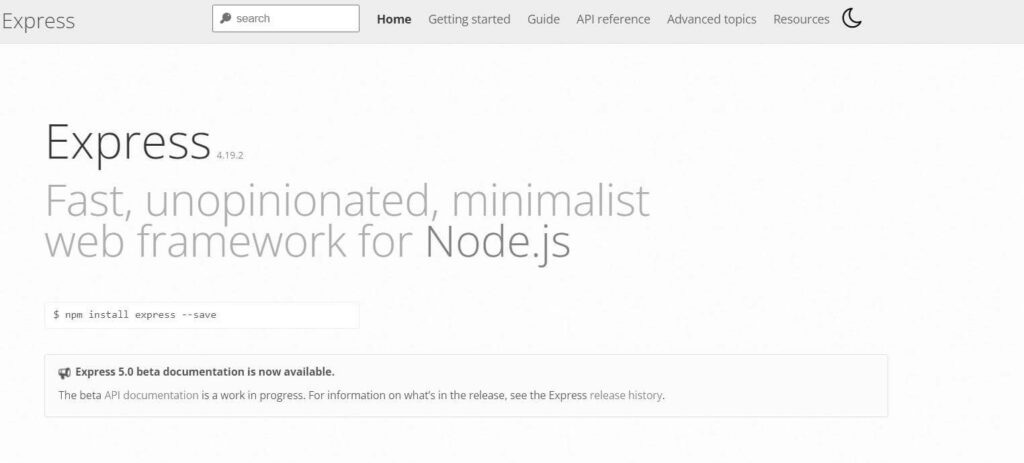
3) PostgreSQL
PostgreSQL is a versatile, open-source relational database management system (RDBMS) that uses SQL syntax. It suits most use cases, but for graph or unstructured data, NoSQL might be better. However, PostgreSQL is preferred for its robust features and cost-effectiveness.
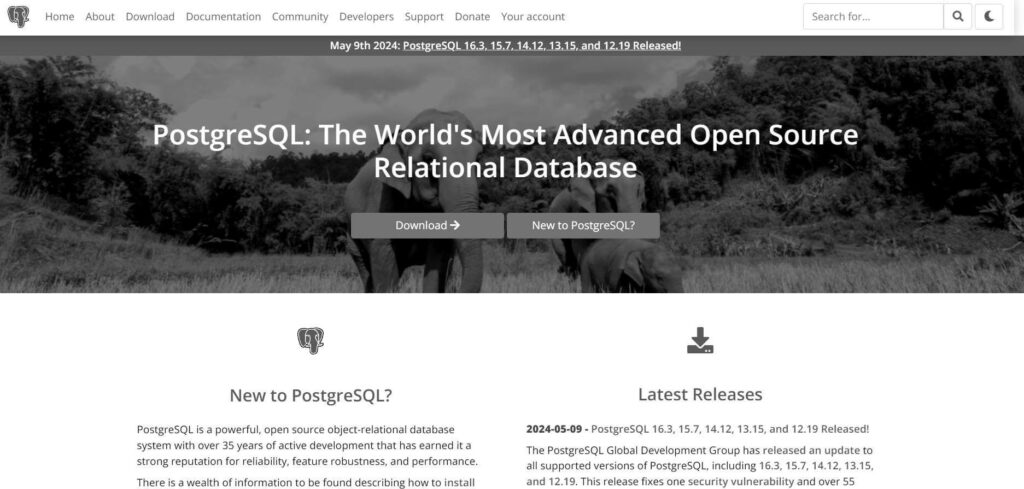
4) Postman
Postman is a popular HTTP client for sharing, testing, and documenting APIs. It provides a user-friendly interface and powerful features for making API requests without coding. With Postman, you can send HTTP requests, test server behavior, and organize requests into collections for easier management.
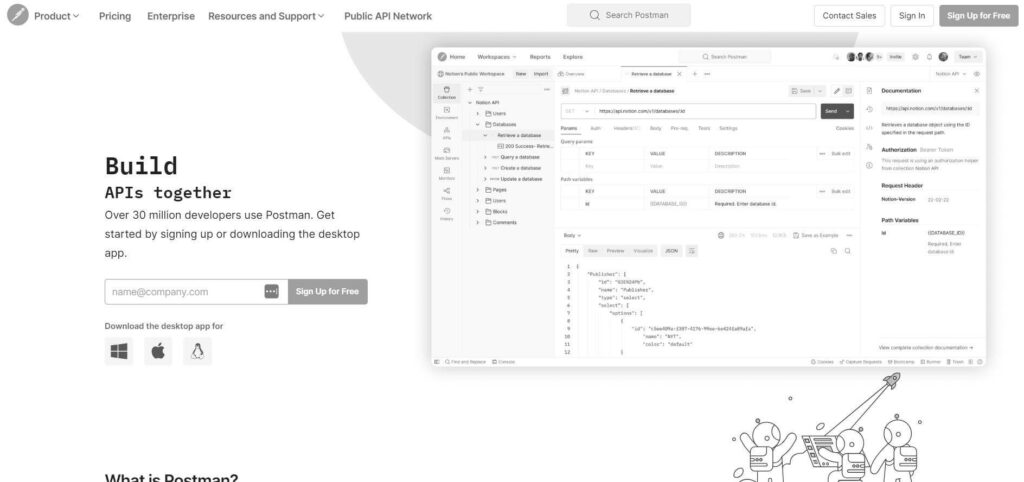
Now that you know how to start as a freelance full-stack developer, let’s explore 10xHire to get you started with remote jobs.
Meet 10xHire – The Best Platform for Job Search
Whether you’re embarking on your career journey, changing directions, or seeking fresh challenges, navigating the job market requires careful planning and access to the right tools. This is where 10xhire.io steps in, offering a comprehensive range of resources and support to simplify your job search experience.

Key Features
- Diverse Job Listings: Explore a broad array of job openings spanning various industries and sectors.
- Interview Preparation: Access a wealth of resources, including tips, mock interviews, and expert guidance, to boost confidence and performance during interviews.
- Networking Opportunities: Engage with industry professionals, recruiters, and potential employers through networking events, online forums, and career expos.
- Personalized Career Guidance: Receive tailored career advice, mentorship, and insights to navigate your career trajectory.
- Skill Development: Stay ahead of the competition by enhancing your skill set through our curated selection of online courses, workshops, and training programs.
- Application Management: Effortlessly keep track of job applications, interview dates, and follow-ups, ensuring organization and efficiency in pursuing every opportunity.
Conclusion
In conclusion, venturing into freelance full-stack development presents an exciting journey filled with opportunities for growth and success.
By following the comprehensive guide outlined above, aspiring freelancers can equip themselves with the necessary skills, tools, and strategies to navigate the dynamic landscape of full-stack development.
Additionally, if you’re looking for remote work, consider 10xHire’s robust platform to find relevant jobs. Click here to view the job listing and get hired now!




